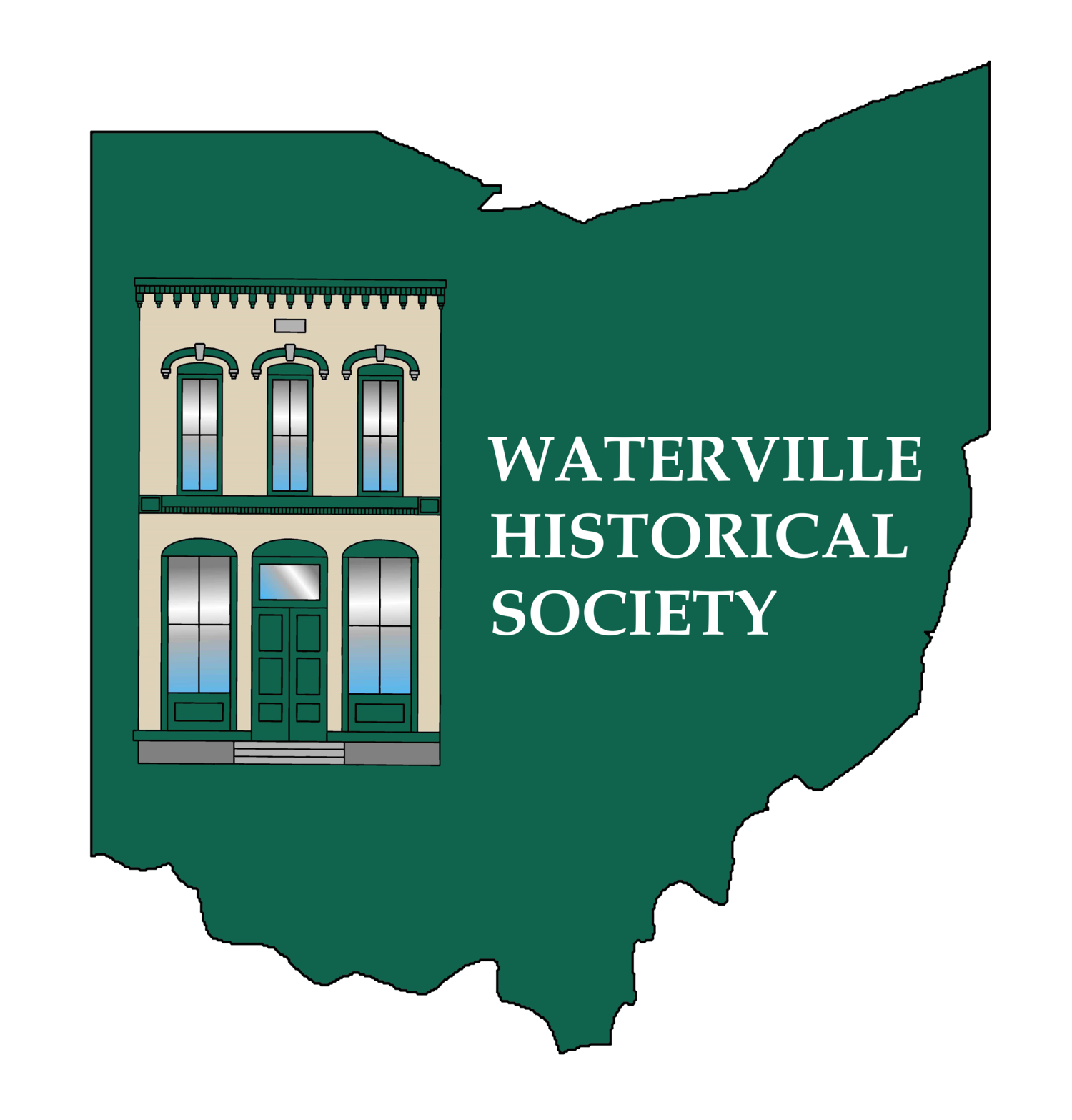Roche de Boeuf Bridge Historical Society
The society was formed by interested citizens who wanted to preserve the interurban trolley bridge across the Maumee River. The Board of Trustees was elected June 6, 1974 with a total membership of 365 members and within a year over 400 members. At the time of the construction in 1908 it was the longest reinforced concrete bridge in the nation. At the time the Bridge Society was working on this the Ohio Highway Department had agreed to restore it to safe pedestrian and bicycle use. They then wanted to transfer the title to the Ohio Historical Society with the Metropolitan Park District to operate the bridge with planters, benches, tables, etc. The society wanted to make the bridge like one they heard of in Shelburne Falls, Mass. which has been designed to carry a trolley across and was a 5 arch bridge similar to Waterville’s 12 arch bridge..
The Waterville bridge originally was to run an interurban line through Waterville and that bridge would be the longest reinforced concrete bridge in the world. It was to be one unbroken mass of steel and cement from one side of the River to the other, 1200 feet in length. It was to pass six feet below the “rock” but turns out they used part of the rock and blasted away part of it. The construction engineers claimed they needed to make the bridge more stable.
The interurban days were over in 1937 and the tracks were removed but the bridge was taken over in 1941 by the state when a span of the old highway bridge in Waterville fell in. The Highway Department acquired the bridge and used it as a temporary auto crossing. The old trolley bridge had to be used for seven years due to the war and shortage of steel to repair the Waterville bridge. The bridge also helps save Waterville from flooding by breaking up the large ice floes.
The Society ran into trouble soon after it was formed. By October 19, 1983 the Roche de Boeuf Bridge Historical Society were deciding to dissolve the society which was formed in 1974 and to decide what to do with the remaining fund of approximate $2000. The Highway Department said it would be unsafe to drive equipment on the bridge and they did not have a boring tool long enough to stabilize the arches. They were also afraid of the gas lines that were nearby. The Ohio Historical Society and the Metropolitan Park District did not want to take ownership of it since if it needed removed they would be required to pay the cost. When the bridge was put on the National Register of Historic Places in 1972 no provision for maintenance or repairs were given.
Today the beautiful bridge continues to age and fall in the river. It still remains a beautiful place to paint pictures of the bridge. Today it lies in ruins with some of the bridge arches falling in to the River. It is still owned by the Ohio Department of Highways. Such a sad ending to a beautiful bridge.
